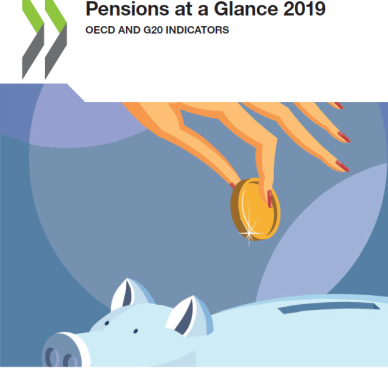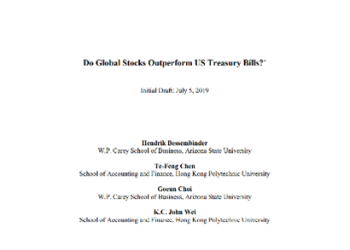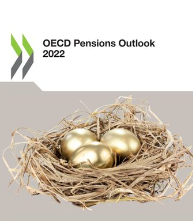This biennial edition reviews and analyses the pension measures legislated in OECD countries in the last 2 years and includes a comprehensive selection of pension policy indicators for all OECD and G20 countries.
Moreover, this most recent edition provides an in‑depth review of different approaches to organising pensions for non-standard workers (non-standard workers are a very diverse group, including part-time and temporary employees as well as the self-employed, which account for more than one-third of employment in OECD countries overall).
It concludes that pressure persists to maintain adequate and financially sustainable levels of pensions as population ageing is accelerating in most OECD countries.
In 1980, there were 2 people older than 65 years for every 10 people of working age in the OECD. That number will have increased to slightly over 3 in 2020, and is projected to reach almost 6 by 2060.
Based on currently legislated measures, slightly more than half of OECD countries are increasing the retirement age, from 63.8 years currently to 65.9 years on average by about 2060. This represents half of expected gains in life expectancy at age 65 over the same period, implying that by themselves, these changes will be insufficient to stabilise the balance between working life and retirement.
Taking into account recent reforms, future net replacement rates from mandatory schemes for full-career average-wage workers equal 59% on average, ranging from close to 30% in Lithuania, Mexico and the United Kingdom to 90% or more in Austria, Italy, Luxembourg, Portugal and Turkey.
Replacement rates based on full careers are projected to fall over the next decades in most OECD countries.
Regarding non-standard workers it concludes that the development of new forms of work might weaken the income prospects of future generations of retirees.
The special topic of the 2017 edition was an in-depth review of flexible retirement policies.
The Organisation for Economic Co-operation and Development (OECD) is an intergovernmental economic organisation with 36 member countries, founded in 1961 to stimulate economic progress and world trade. Most OECD members are high-income economies with a very high Human Development Index (HDI) and are regarded as developed countries. As of 2017, the OECD member countries collectively comprised 62.2% of global nominal GDP (US$49.6 trillion) and 42.8% of global GDP (Int$54.2 trillion) at purchasing power parity. The OECD is an official United Nations observer.
Download here:




















